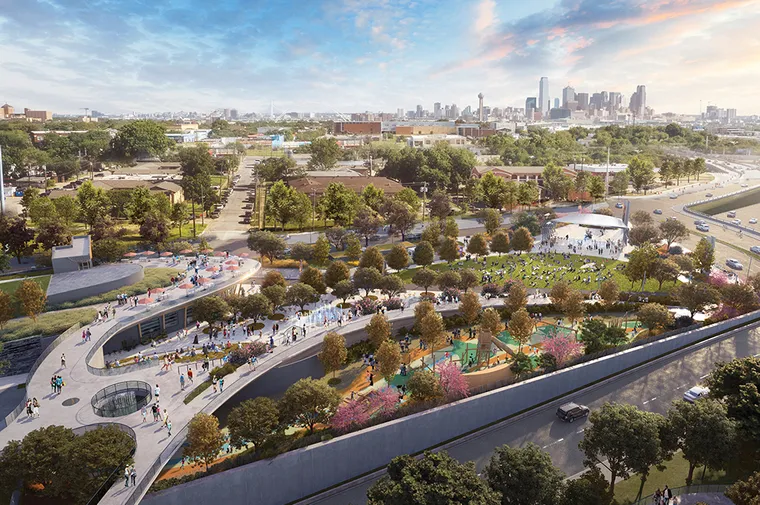Southern Gateway Park offers a new model for inclusion
By April Allen
Access to parks and greenspaces has been long recognized as a significant contributing factor to communities’ health and wellness. According to a 2023 Trust for Public Land report, in cities with the best ParkScores (which measure easy access to parks and recreation), people are 9% less likely to suffer from poor mental health and 21% less likely to be physically inactive. These statistics hold even when controlling for race/ethnicity, income, age, and population density. The mere existence of a nearby park contributes to good health by providing access to nature, greenspace, and a place to move, play, and exercise.
However, some communities have been denied access to public parks through zoning and infrastructure developments. As a new era of infrastructure projects emerges, there’s a unique opportunity to uplift struggling communities through strategic land use.

